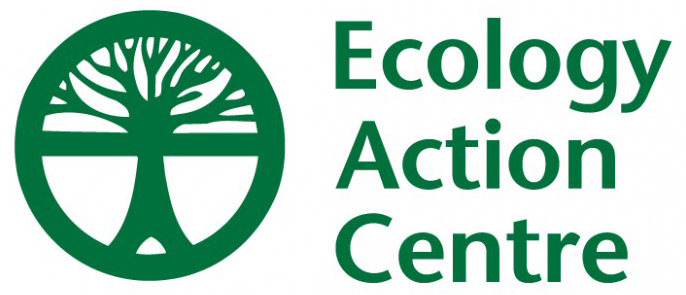The Ecology Action Centre is disappointed to learn that the Atlantic Canadian mackerel quota has again been set far above scientific recommendations. On May 31st, Fisheries and Oceans Canada (DFO) announced that the total allowable catch (TAC) for mackerel in NAFO subareas 3 and 4 would be set at 8000 tonnes (t), despite DFO’s most recent stock assessment for mackerel recommending that annual catches should not exceed 800t.[1] As in 2015, the 2016 TAC has been set ten time sabove the scientific advice. Given the importance of small, forage fish species like mackerel to the marine ecosystem, as well as the current status of the stock, this is not a responsible or precautionary catch limit.
Mackerel are an important species in Atlantic Canada – not only are they prey for many ecologically important species such as tuna, sharks and whales, but they are also an important bait source for several economically important fisheries (eg. crab and lobster). Recent projections have predicted that this mackerel stock is both overfished and still experiencing overfishing. The TAC for mackerel has been reduced significantly in recent years, from 75,000t in 2009 now down to 8000t.[2] Despite these major reductions, recent stock assessments have stated that the stock is still in a “critical state”. In 2015 the Canadian mackerel fishery experienced its lowest landings in recent history at approximately 3900t[3] – the inability of the fishery to catch even half its limit indicates serious trouble.
In addition, there is a large, unmonitored and unregulated recreational fishery for mackerel, and fish caught as bait can also be sold between commercial fishermen without the catch being recorded or used in fishing mortality estimates. Together, these catches could account for significant additional mortality that is not being limited by or accounted for in the current quota, which already greatly exceeds scientific advice.
The Ecology Action Centre recommends that in subsequent years, the quota be set according to best available scientific advice and that management be according to the precautionary approach framework, already established by DFO. At a minimum, the 2016 quota should be lowered to current landings, to restrict fishing mortality on the stock until science is able to obtain a stronger understanding of the impacts of fishing to mackerel population health, as well as ecosystem factors such as environmental changes and predation that may impact population recovery. There will be a new stock assessment in 2017, at which point the quota should be set in line with DFO’s own scientific advice.
For more information on forage fish management and specific recommendations for the Canadian government, see, “Making Forage Fish Count: Recommendations to Improve Management in Canada”
-30-
Media Contact:
Katie Schleit, Marine Campaign Coordinator
kschleit@ecologyaction.ca
Heather Grant, Marine Communications Campaigner
hgrant@ecologyaction.ca
[1] DFO. 2014. Assessment of the Atlantic Mackerel Stock for the Northwest Atlantic (Subareas 3 and 4) in 2013. Canadian Science Advisory Secretariat, Science Advisory Report 2014/30 http://www.dfo-mpo.gc.ca/csas-
[2] ibid
[3] Atlantic Mackerel Advisory Committee, 20 April 2016.
